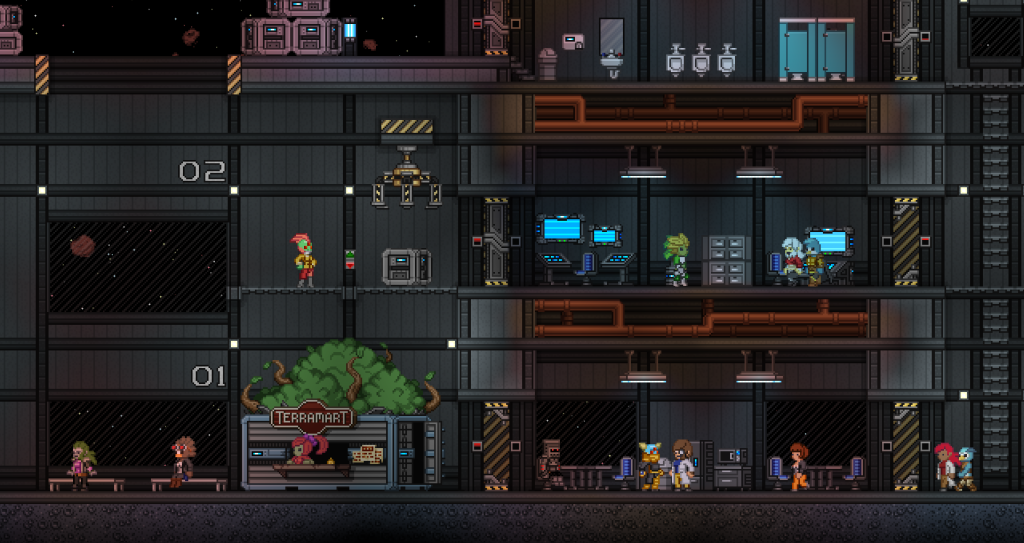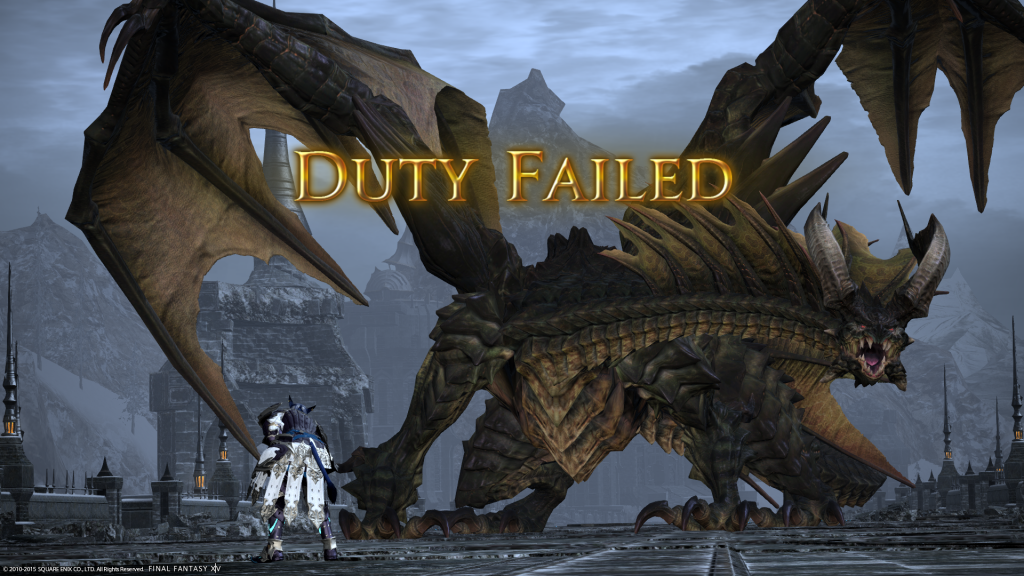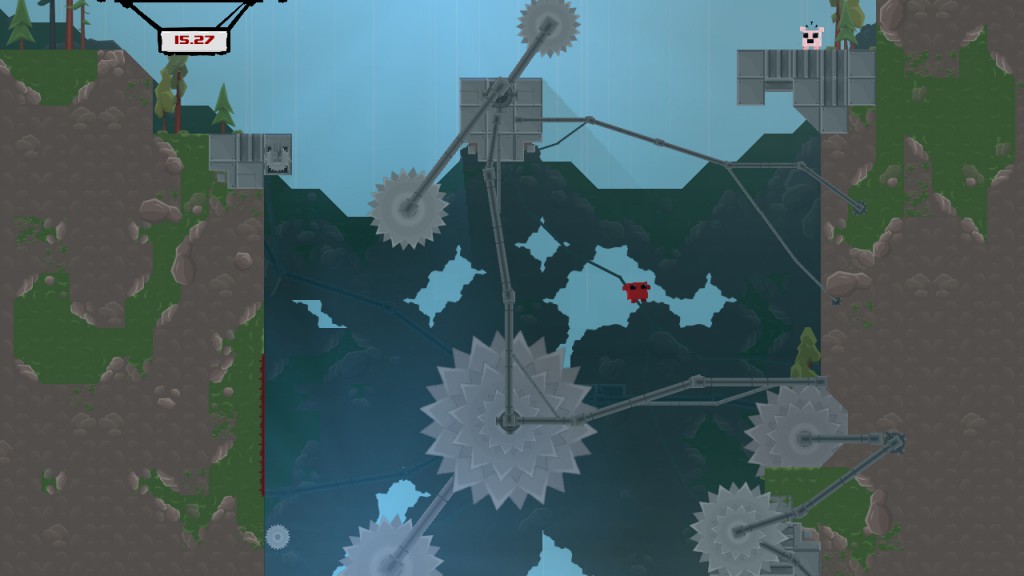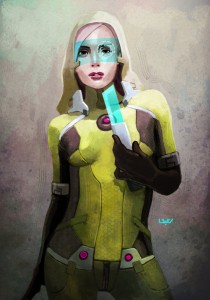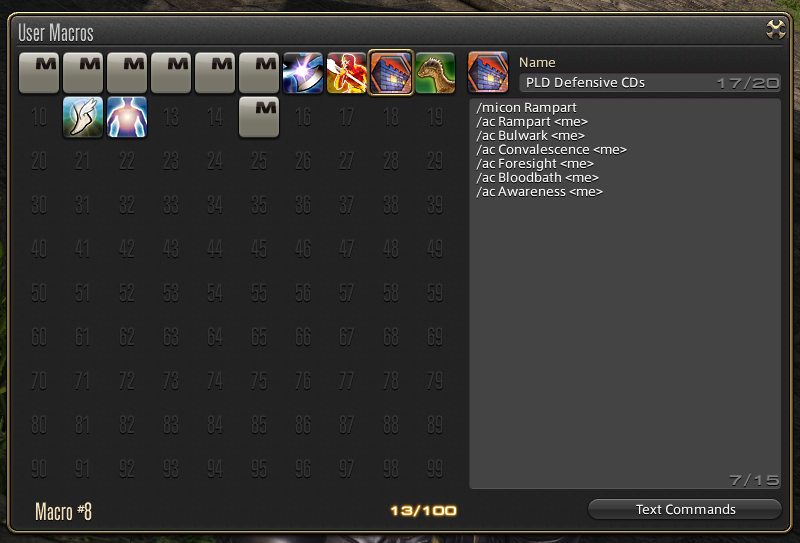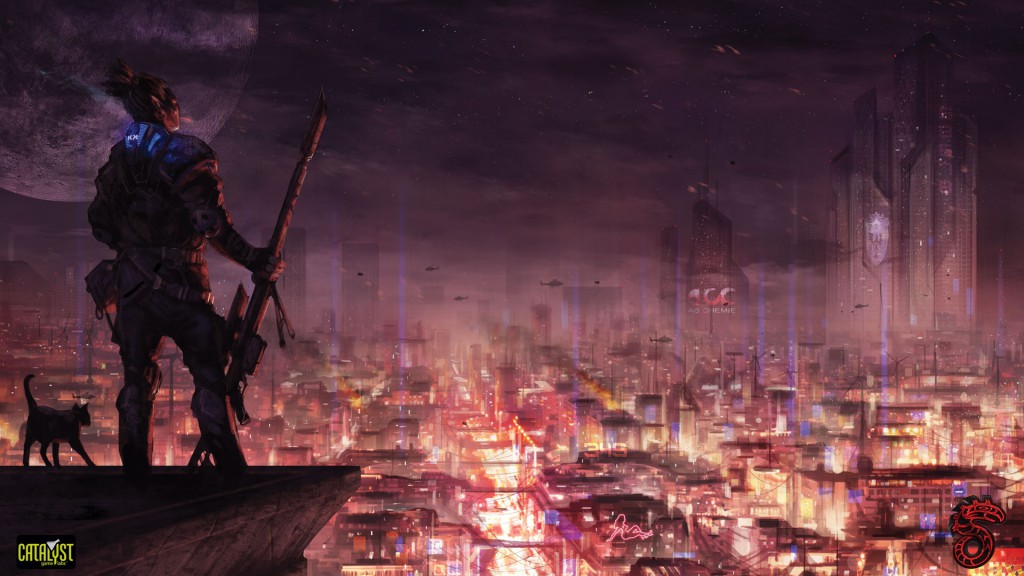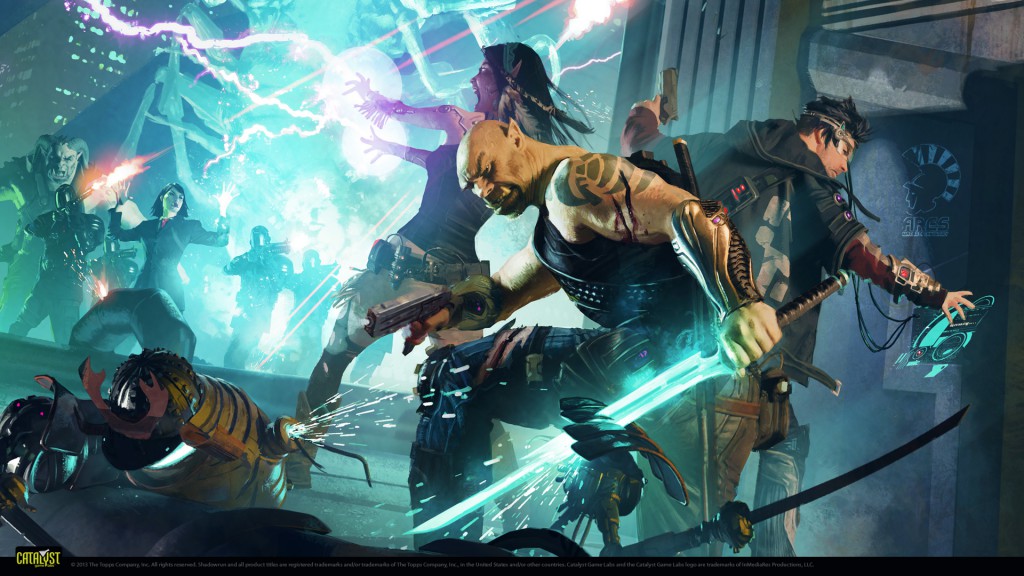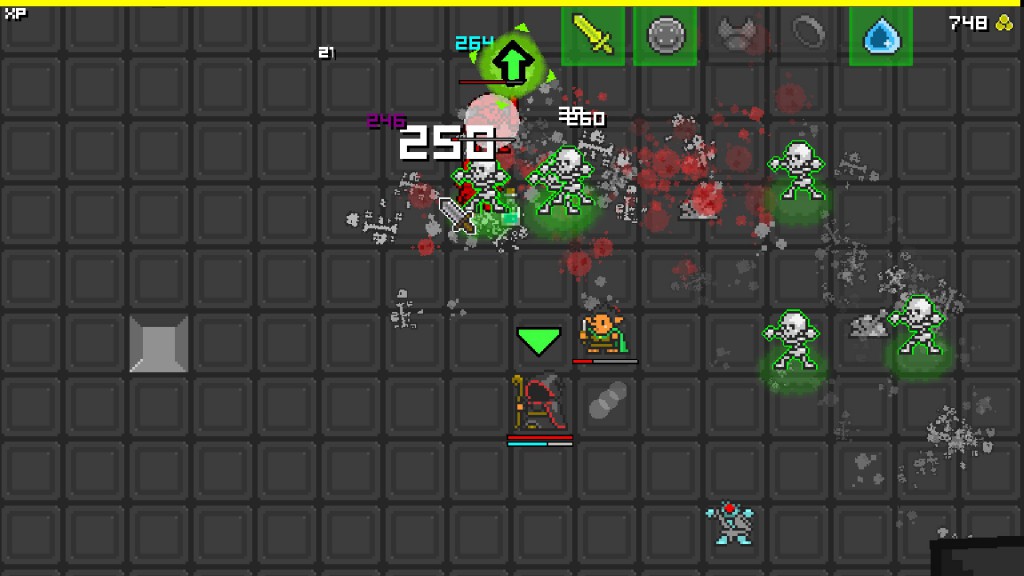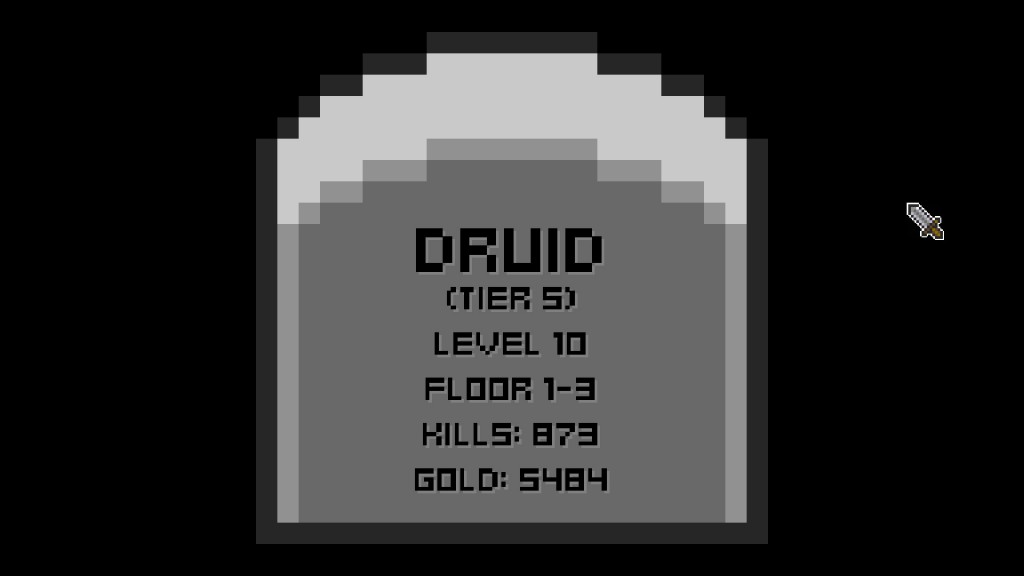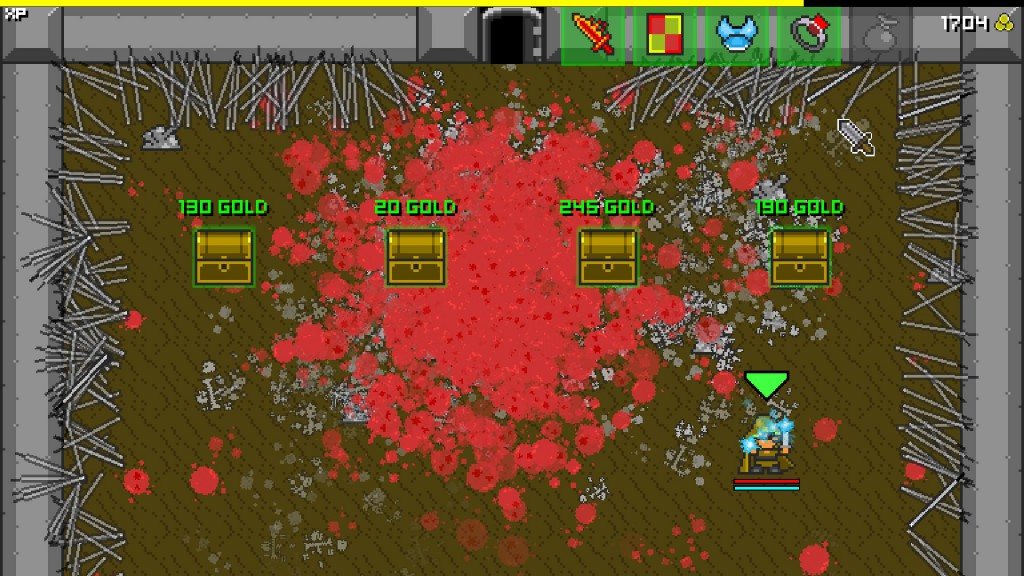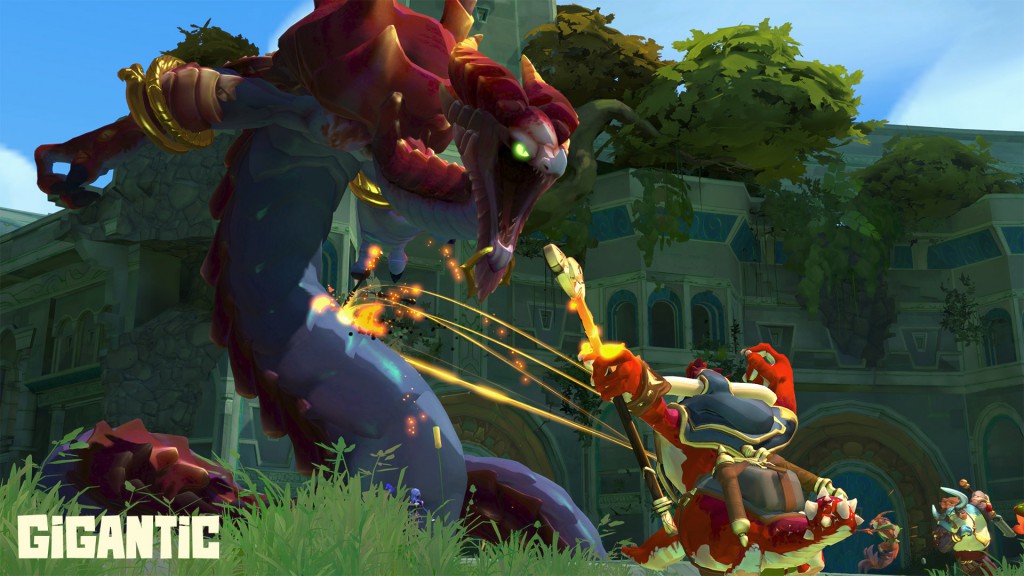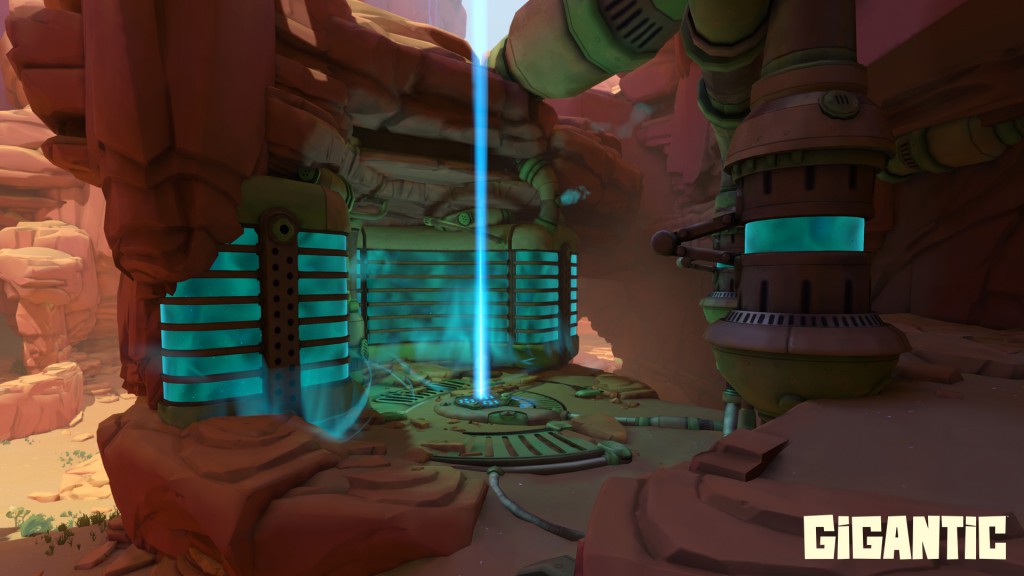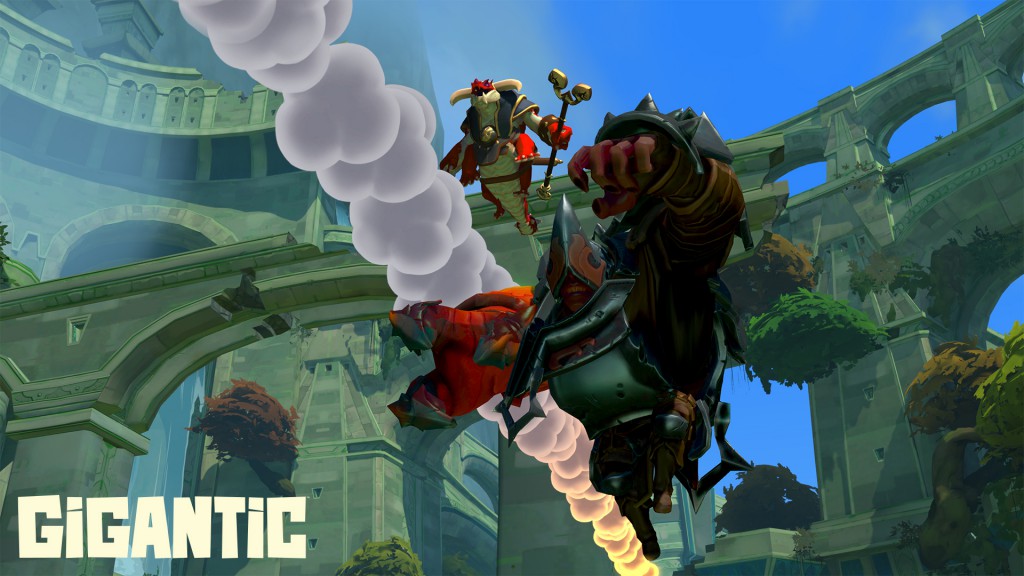This is a response to the second talkback topic for 2015’s Newbie Blogger Initiative.
There are really multiple parts to this, and I’d like to address them individually because I don’t see them as the same thing. The (somewhat loaded) question for this week is “Early Access and Kickstarter – Do you support unfinished games?”. As in a lot of things, the answer isn’t a simple yes or no.
Example A: Kickstarter
To date, I’ve backed a number of kickstarters, and only one has completely failed to deliver. Kickstarter is responsible for the watch I wear on a regular basis, and one of my favorite games of 2014. Kickstarter in some cases is a chance for products that wouldn’t normally see the light of day to get funding, usually because publishers aren’t willing to invest in those types of games anymore. (No one wants old-school RPGs or adventure games anymore, right?) In some cases there’s some publisher interest, and kickstarter serves as the proof that someone is willing to spend money on it. Either way, it’s a chance to quite literally vote with your dollar, even though sometimes people don’t keep their campaign promises.
That said, there are some major duds. There are a few examples of projects getting mismanaged so badly that the money runs out, and nothing gets made. Clang, Yogventures, and the Stomping Land all come to mind. In these cases, saying your paying for something “unfinished” is too kind. If I knew then what I know now about kickstarters likely to produce a quality product, I probably would not have backed Aura Tactics. Making games takes a fair bit of money, so you should be wary of campaigns not asking for a lot of it. Making games also takes a fair bit of experience, so you should look for some indication of this, either previous games shipped or a solid proof of concept. And finally, if anyone in the pitch has Molyneux Syndrome, you should probably steer clear.
Example B: Early Access
On the other hand, I pretty much universally distrust games in Early Access, and I’ve only paid for two directly (although I’ve gotten a few because of kickstarters). I also consider Founder’s Packs to fall into this category. In both cases a developer is asking for testers to give them money for an opportunity to see how the sausage is made. It turns out I’m okay not seeing how the sausage is made. Starbound is a nice example, I think I’ll like that game once it’s done, but I don’t have a whole lot of interest in playing all of the “incomplete” releases along the way. Jim Sterling has had a lot of success picking games from Early Access and telling you why you shouldn’t play them (there have been a few exceptions).
It seems like for every game like Warlocks, there are a bunch of other games trying to sell minimal effort projects that will never be “completed” on Early Access. Steam’s Early Access page currently only shows the best of these, filtering out games on some unknown criteria somehow. Steam currently has a bit of a curation problem, and while Early Access isn’t entirely to blame, it certainly isn’t helping.
Example C: MMOs
MMOs by their vary nature are unfinished games. No matter what the payment model is, there’s always an expectation of expanding content; the games that can’t do this are the ones that tend to fade away. We tend not to think of these as being unfinished, but several developers have mentioned that the real work on an MMO continues well past launch. In essence, they’re never finished (except in those few unfortunate cases where a game shuts down).
So going back to the original question, I absolutely support unfinished games. It’s just a question of how unfinished.



